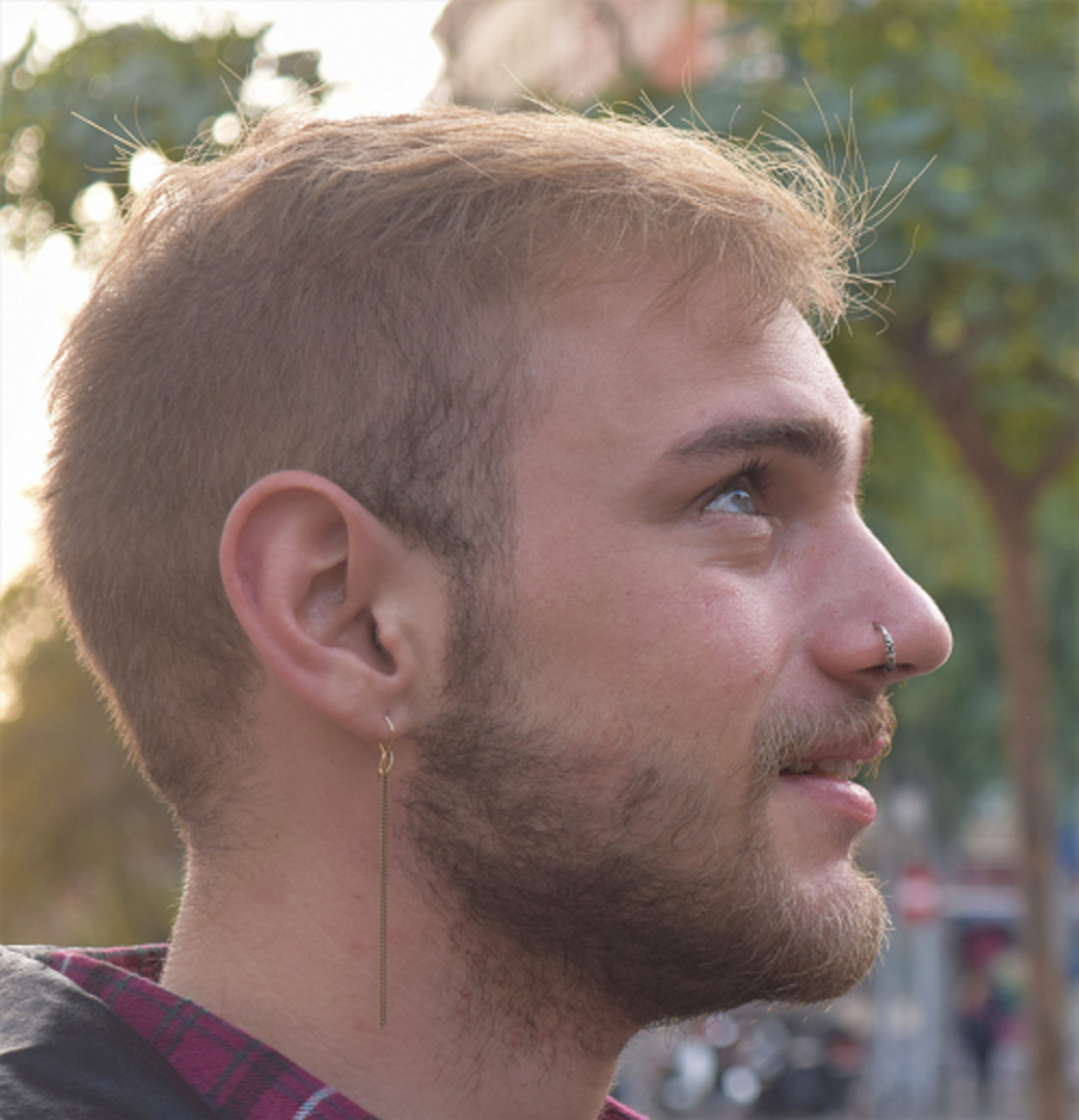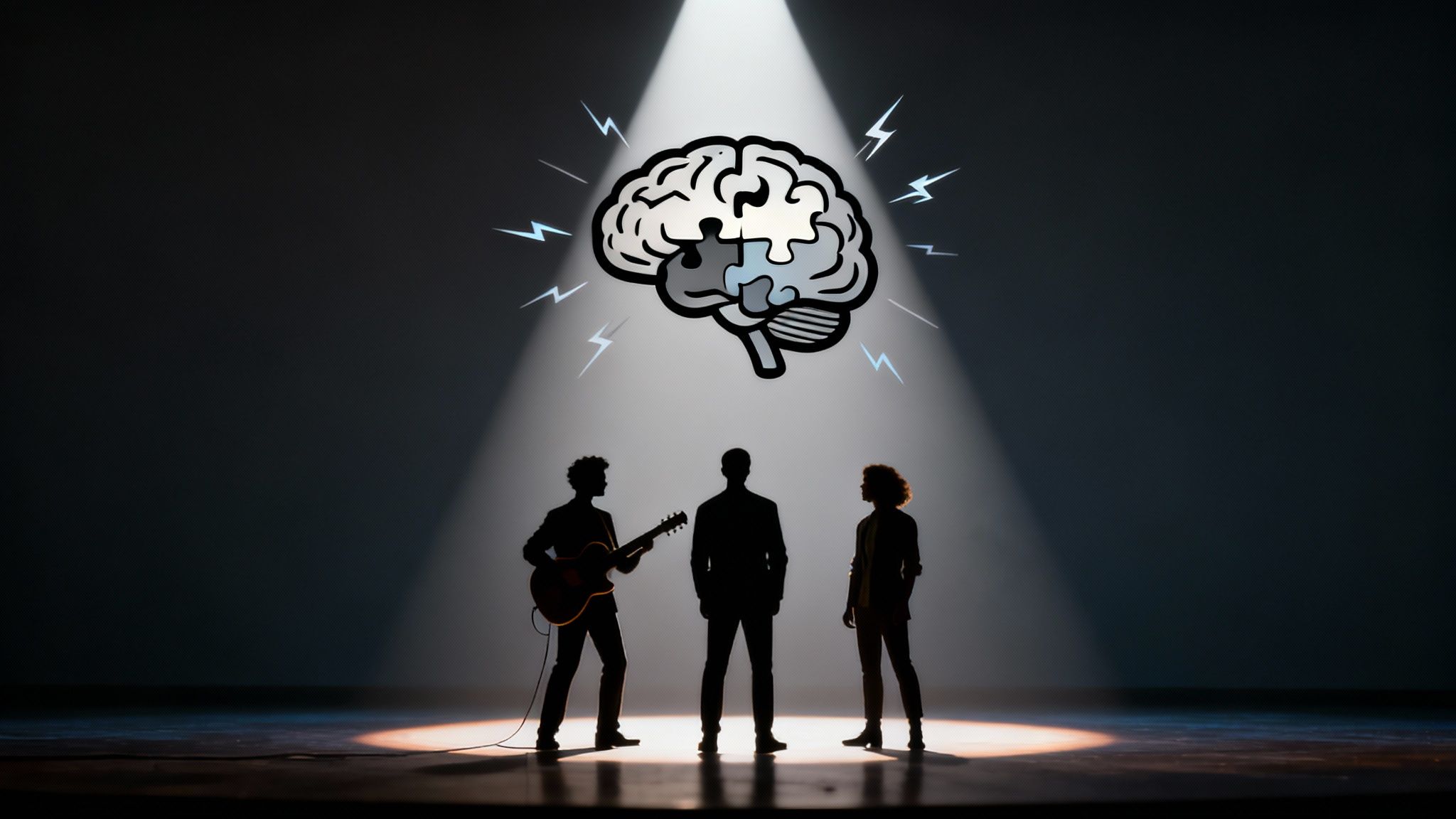As a kid, I crafted elaborate story plots and narrations in my head, evolving my fantasy characters over several months. I even detached myself from my surroundings and would dive back into my stories while falling asleep or during school hours. I was fully immersed in my make-believe stories.
I thought everybody daydreamed this way, and then I suspected it was due to my ADHD. But, as it turns out, it may be neither. Instead, it may be a particular activity that, if entertained excessively, could (one day) be called maladaptive daydreaming.
So let's learn about maladaptive daydreaming and why it often gets confused with inattentive ADHD.
Too long; didn't read
- People with and without ADHD daydream. It becomes maladaptive when it interferes with daily life, and the dreamer urgently needs to return to dreaming.
- Maladaptive daydreaming (MD) is not a recognized mental health condition, but researchers are working towards distinguishing it from other established conditions.
- Maladaptive daydreaming can present like ADHD since it can lead to inattentiveness and distractibility.
- MD is an elaborate, conscious, and voluntary activity.
- ADHD daydreaming differs from MD as it's primarily uncontrolled, unconscious, and involuntary.
What is maladaptive daydreaming?
Maladaptive daydreaming is characterized by "excessively and addictively engaging in vivid, intensely emotional fantasy activity, at times with the aid of music and/or repetitive movements, causing distress and functional impairment."1
Maladaptive daydreaming was only recently discovered through the help of internet forums where people were discussing their experiences. As a result, many study participants have been recruited using these forums.
Maladaptive daydreaming isn't recognized in the DSM yet, so there aren't any diagnostic criteria for the condition.
Other types of daydreaming
Active daydreaming
Active daydreaming is a controlled and conscious activity that often involves daydreamers imagining elaborate plots and characters, creating an entire fictional world in their heads.
This kind of daydreaming is fine, as it has minimal interference with one's mental health.2
Personal struggles
Daydreaming becomes clinically significant when it becomes "maladaptive," meaning it interferes with someone's personal or professional life. Interference is not unusual since daydreaming is often an addictive behavior for people.2
Escapism
Often, people daydream during difficult or stressful situations. Therefore, maladaptive daydreaming is believed to be connected to trauma or depression.2 Many daydreams have recognition, support, and general emotional compensation themes.3
While escaping into a fantasy world seems nice at first glance, a study of 77 MDers' diary entries showed that most dreamers felt worse after dreaming.4
Why is maladaptive daydreaming so often mistaken for ADHD?
Maladaptive daydreaming is a heavily focused activity requiring a lot of sustained attention. On the other hand, ADHD daydreaming is described as more of a fog or aimless mind-wandering.5
Inattentive ADHD (formerly known as "ADD") can look the same as MD, causing them to be frequently confused.
Diagnostic criteria for inattentive ADHD include:
- Poor listening skills
- Forgets daily activities
- Diminished attention span
- Lack of ability to complete schoolwork or other assignments or trouble following instructions
- Avoids beginning activities that require attention
- Fails to focus on details or makes "careless mistakes"
Someone who consistently daydreams could easily meet these criteria, but daydreaming can cause external tasks or stimuli to seem unimportant.
Daydreaming requires attention and concentration, so it can't be inattentive ADHD.2
Possible causes for maladaptive daydreaming
Some studies have linked maladaptive daydreaming to childhood trauma. Here, daydreaming functions as a coping mechanism and is often filled with related themes to the dreamer's trauma, such as escaping, being freed, or being a rescuer. Themes related to idealized families were also not uncommon.6
Another study found that maladaptive daydreaming is highly common in other DSM-5 disorders. Notably, the most frequent comorbidity was ADHD, although, as mentioned before, there's a possibility that some of these ADHD diagnoses are false positives.7
How to control ADHD daydreaming
ADHD daydreaming differs from maladaptive daydreaming, but it is a problem for many people with ADHD. However, there are strategies to train the mind to wander less and be more 'in the moment.' Some of these are:
Practicing mindfulness
Mindfulness training is a powerful tool for many people with ADHD. Concentrating on the moment and being present can be challenging, but mindfulness training can be an excellent first step to achieving that goal.
Going to therapy
Therapy, either with or without medication, has proven helpful for ADHDers. So if you struggle with concentration or excessive mind-wandering, maybe consider some therapy options for ADHD.
Final thoughts
In conclusion, maladaptive daydreaming is a newly discovered phenomenon characterized by excessive and compulsive engagement in vivid and emotionally charged fantasy activities that can cause distress and functional impairment.
Often misdiagnosed as inattentive ADHD, maladaptive daydreaming can be a coping mechanism for various things, including boredom and childhood trauma. Although there's no recognized treatment for maladaptive daydreaming, mindfulness training and therapy have proven helpful for people with ADHD.
Sources:
1 Frontiers in Psychology | Maladaptive Daydreaming: Epidemiological Data on a Newly Identified Syndrome
2 Journal of Clinical Psychology | Could immersive daydreaming underlie a deficit in attention? The prevalence and characteristics of maladaptive daydreaming in individuals with attention-deficit/hyperactivity disorder
3 Consciousness and Cognition | Development and validation of the Maladaptive Daydreaming Scale (MDS)
4 Frontiers in Psychiatry | Trapped in a Daydream: Daily Elevations in Maladaptive Daydreaming Are Associated With Daily Psychopathological Symptoms
5 Journal of Attention Disorders | Tracking Distraction: The Relationship Between Mind-Wandering, Meta-Awareness, and ADHD Symptomatology
6 Journal of Trauma and Dissociation | Childhood Trauma and Maladaptive Daydreaming: Fantasy Functions and Themes In A Multi-Country Sample
7 Journal of Nervous and Mental Disease | The Comorbidity of Daydreaming Disorder (Maladaptive Daydreaming)








